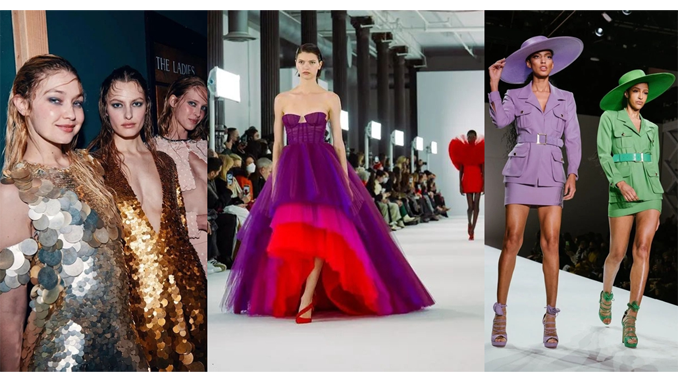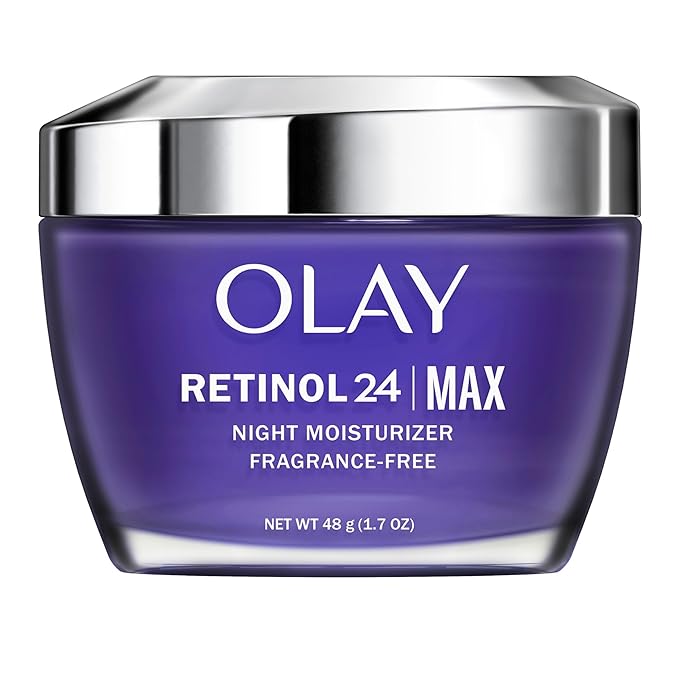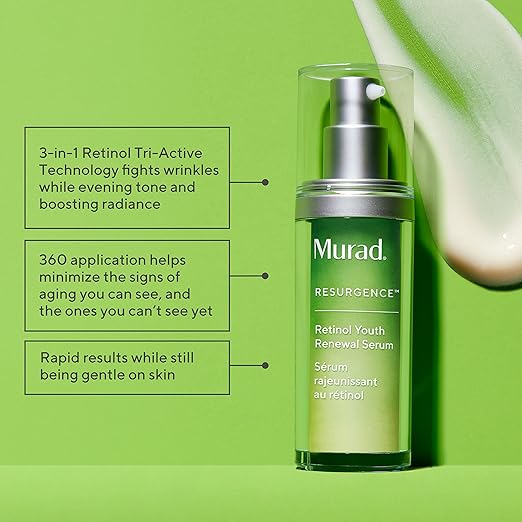-
 Read time : 3 mins
Read time : 3 minsFashion Trends: A Glimpse of 2022 Versus 2023
As the fashion industry constantly evolves, each year brings its own set of trends and influences. Let's explore the key differences between the fashion trends of 2022 and 2023. From color palettes to design aesthetics : how fashion has transformed over these two years.
Color Palettes: Vibrancy vs. Sophistication
In 2022, the fashion world was ablaze with vibrant and bold color choices. Rich oranges, deep blues, and striking pinks dominated runways and street styles, reflecting a desire for self-expression and confidence. In contrast, 2023 witnessed a shift towards more sophisticated and understated color palettes. Neutral tones like camel, olive, and navy took center stage, promoting a sense of elegance and versatility. Earthy tones and muted shades became popular, resonating with a growing appreciation for nature-inspired hues.
Sustainability: From Trend to Necessity
While sustainability was a significant trend in 2022, it became an absolute necessity in 2023. Fashion brands and consumers alike heightened their commitment to eco-friendly materials, ethical production, and circular fashion. Sustainable collections were no longer considered a niche offering but a fundamental aspect of every reputable fashion brand. Shoppers became more discerning, seeking out brands with transparent practices and genuine efforts towards reducing their environmental impact.
Tech-Driven Fashion: Smart and Functional
2023 saw the integration of technology into fashion, leading to the rise of smart and functional apparel. Wearable tech, such as clothing with embedded sensors for health monitoring or climate-controlled features, became more prevalent. Brands collaborated with tech companies to create innovative designs that not only looked stylish but also served a purpose beyond aesthetics. Tech-driven fashion aimed to enhance the wearer's lifestyle, addressing their needs for convenience and practicality.
Gender-Fluid Fashion: Breaking Boundaries
The concept of gender-fluid fashion continued to gain momentum in 2023, challenging traditional norms and breaking gender boundaries. More designers embraced inclusivity, offering gender-neutral collections that catered to a diverse range of body types and gender expressions. Fluid silhouettes, androgynous styles, and unisex accessories became increasingly popular, promoting a sense of individuality and self-expression.
Sustainable Footwear: A Lasting Trend
Sustainable footwear remained a strong trend in 2023, as consumers became more conscious of their fashion choices. Eco-friendly materials and ethical manufacturing processes continued to drive the footwear industry. Sneakers, in particular, remained a staple, with sustainable sneaker brands becoming go-to choices for fashion-conscious individuals seeking comfort without compromising on environmental impact. Classic designs like block-heeled sandals and chunky boots continued to gain popularity due to their longevity and versatility.
Fashion Tech and Augmented Reality
In 2023, the fashion industry delved deeper into augmented reality (AR) and virtual experiences. Brands leveraged AR technology to create virtual try-ons, allowing customers to virtually "wear" garments before making purchases. Fashion shows and events also incorporated virtual elements, reaching global audiences without physical limitations. Fashion tech became an essential tool for brands to engage with their customers in new and exciting ways.
SHOP NOW
As we compare the fashion trends of 2022 and 2023, it becomes evident that the industry has undergone significant changes in just one year. Color palettes shifted from vibrant and bold in 2022 to sophisticated and understated in 2023. Sustainability evolved from being a trend to an absolute necessity, as eco-friendly practices became a fundamental aspect of reputable fashion brands. Fashion tech, including wearable tech and augmented reality, advanced further, enhancing the consumer experience and reaching wider audiences.Gender-fluid fashion continued to break boundaries, celebrating inclusivity and individuality. Sustainable footwear maintained its strong presence as consumers increasingly sought eco-conscious options. As we move forward, fashion continues to be a reflection of societal values and desires, with sustainability, technology, and inclusivity at the forefront of the industry's transformation.
(inp-paserba-health wealth and quality lifestyle)
You might like
Fashion Trends: A Glimpse of 2022 Versus 2023
WORLD NEWS
Make Money
The Best Online Platforms for FreelancersFriday, January 3, 2025 - 21:30How To Easily Make Money Taking Online SurveysMonday, March 2, 2020 - 04:31The Importance of Financial LiteracySunday, March 1, 2020 - 03:35These are 5 Easiest Ways to Make Money OnlineSunday, March 1, 2020 - 03:30Fashion
Wednesday, March 1, 2023 - 03:30As the fashion industry constantly evolves, each year brings its own set of trends and influences. Let's explore the key differences ...INSPIRATION
amz-002
Detox Your Body
Friday, March 6, 2020 - 13:40Detox drinks have gained popularity in recent years as people seek ways to cleanse their bodies and support their weight loss journey.amz-001
Paserba - Life Inspiration, Health, Wealth and Quality Lifestyle
Recent posts
American Airlines Flight 5342 Collides with Helicopter Over Potomac River; Search and Rescue Operations IntensifyFriday, January 31, 2025 - 01:01DeepSeek's Rapid Rise: A New Contender in the AI IndustryMonday, January 27, 2025 - 20:01Why HIV Has No Cure Yet: The Science Behind the StruggleTuesday, January 14, 2025 - 12:31Choosing the Right Baby Car Seat: What You Need to KnowThursday, January 9, 2025 - 13:45How I Dropped Pounds Without Starving or OvertrainingWednesday, January 8, 2025 - 11:23
Tags



















